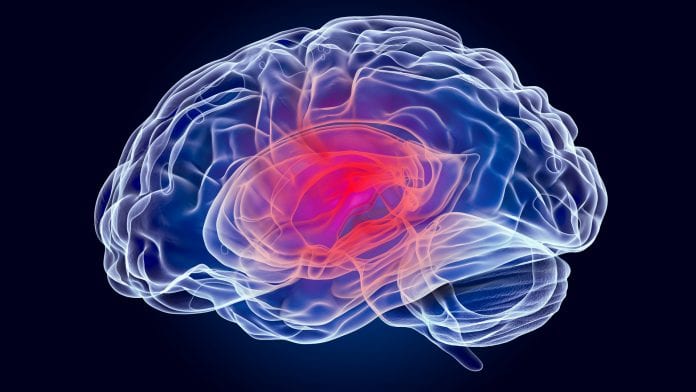
Scientists have confirmed that a common spasmolytic drug can suppress neuroinflammation and could lead to the development of medications against Alzheimer’s Disease.
A team of biologists from RUDN University has shown that hymecromone can suppress the inflammatory response in astrocytes, which are important glial cells of the central nervous system. They say the drug could now be used to develop medications against Alzheimer’s disease and other neurodegenerative conditions.
The study has been published in the International Journal of Molecular Sciences.
Neurodegeneration and inflammation
Neurodegenerative diseases are associated with inflammation due to the reaction of auxiliary cells – Including astrocytes – that support the neural activity in the brain.
When inflamed, these astrocytes produce many anti-inflammatory molecules such as cytokines, interleukins, and oxylipins, that speed up the inflammatory process, and in neuroinflammation this often ends in the death of nerve cells.
With researchers from Lomonosov Moscow State University, the team confirmed that the intensity of inflammation can be brought down by limiting the number of anti-inflammatory molecules produced by astrocytes.
Dmitry Chistyakov, PhD, a senior researcher at the Center for Collective Use (Research and Education Center) at RUDN University, and a researcher at Lomonosov Moscow State University, said: “Astrocytes can synthesise hyaluronic acid, one of the main components of the brain’s extracellular matrix. Our studies demonstrated that when hyaluronic acid is added to the astrocytes, it affects the production of the main anti-inflammatory molecules. In this work, we tested hymecromone that suppresses the synthesis of hyaluronic acid and measured its effect on the inflammatory response of astrocytes.”
Inflammatory response suppression
Using rat brain cell cultures that were treated with a liposaccharide that activated the receptors in charge of the inflammation, and then with hymecromone, and tested the efficiency of the drug by extracting RNA from astrocytes and measuring the activity of the genes that regulate the production of anti-inflammatory molecules. The team measured the levels of hyaluronic acid and cytokines in cell supernatants and the changes in the synthesis of signal lipids were evaluated using high-efficiency liquid chromatography and tandem mass spectrometry.
The team found that hymecromone suppressed the production of anti-inflammatory molecules, and increased the development of IL-10 that helps stop the inflammation. They confirmed that astrocytes actively produced IL-10 in response to liposaccharides. However, when a cell culture at the initial stages of the immune response was treated with hymecromone, the levels of hyaluronic acid dropped down. At the same time, hymecromone failed to have the same effect on the cells that did not inflame after contact with the liposaccharide.
Chistyakov said: “We managed to confirm that hymecromone is a promising compound that can be used to treat neuroinflammation. The mechanisms of its anti-inflammatory activity require further studies but given that this drug is widely used in clinical practice, the possibilities of such research are vast. Its efficiency can be safely tested when treating many pathologies that require inflammatory response suppression.”






















